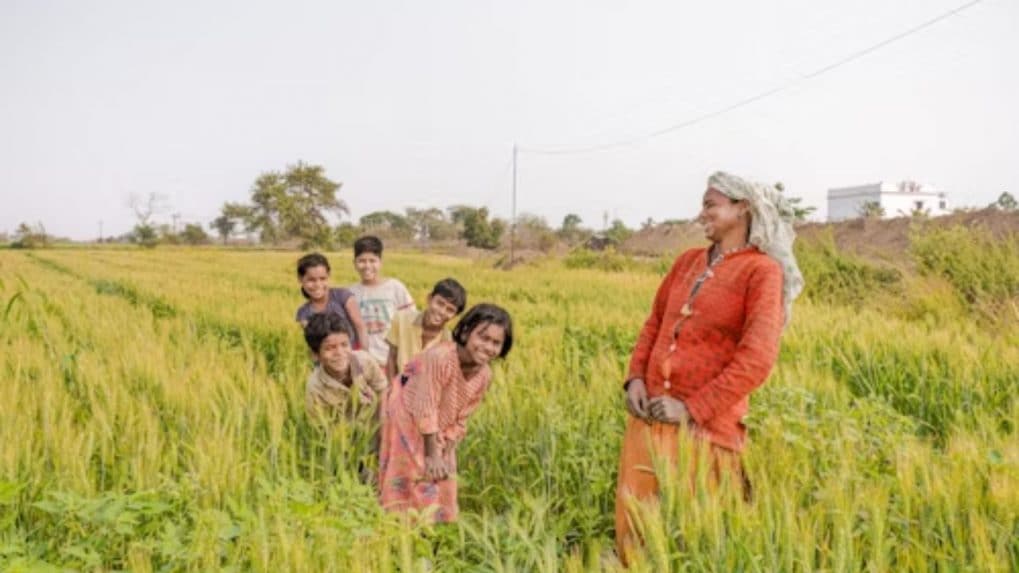Discretionary spends dip as rural India tightens purse strings: GroupM-Kantar Rural Barometer 2025
While 7 in 10 rural consumers now engage with online media, the report urged marketers to move beyond a one-size-fits-all approach and adopt hyper-local, digitally powered strategies, while still leveraging the trust and familiarity of traditional media.
ADVERTISEMENT
Discretionary spending in rural India—particularly on durables and vehicles—is witnessing a marked slowdown, according to the latest Rural Barometer Report 2025 released by GroupM in collaboration with Kantar. The semi-annual study paints a picture of rural India's dual reality: increasing economic caution amid an accelerating digital embrace.
Amid continued inflationary pressure and growing financial uncertainty, three in four rural consumers expressed concern about their economic stability. The report also noted that younger and more affluent segments are curbing non-essential spending more aggressively, while older and economically weaker groups remain relatively steady in their consumption patterns.
At the same time, optimism is beginning to return, the report said. Confidence in job security has bounced back after a temporary dip, pointing to potential for a longer-term recovery. Government welfare initiatives – especially the PM Garib Kalyan Yojana – remain pivotal, with free ration distribution being the most widely utilized.
The report highlighted how India’s rural consumers are recalibrating their choices amidst economic strain, while embracing digital platforms at an unprecedented pace.
"Despite persistent inflationary pressures, rural India demonstrates remarkable resilience. A rising sense of price sensitivity is shaping consumption, even as digital adoption cuts across age, geography, and income levels. From tightened household budgets to increased trust in digital media, the report reveals a rural consumer that is cautious yet connected – and increasingly future-ready," it said.
Key Financial and Consumption Shifts:
-Household expenses have continued to climb since 2022, driving a more cautious spending outlook.
-Price sensitivity is now a key influencer in purchase decisions across product categories.
-Discretionary spends – notably on durables and vehicles – are on the decline.
-Borrowing patterns indicate rising demand for personal loans, reflecting shifting financial priorities.
Rural India’s digital leap is unmistakable. 7 in 10 rural consumers now engage with online media, a 28% rise since 2022. Social media, video content, and instant messaging platforms are fast becoming the norm, particularly among younger, affluent users.
While traditional formats like TV and print still command trust and scale – especially among older demographics – the balance is steadily tipping toward digital. OTT platforms, digital wallets, and e-commerce are no longer an urban phenomenon. Digital adoption in rural India is accelerating, with new leaders emerging across categories—from digital payments to OTT platforms.
Media and Tech Adoption Trends:
-Social media and messaging apps dominate daily engagement.
-Digital platforms resonate most with Gen Z and higher NCCS groups; traditional media still holds sway with older audiences.
-OTT is gaining traction, with increased viewership in Tier 2 and rural belts.
-E-commerce and digital payments are at the forefront of rural India’s digital ecosystem.
Ajay Mehta, Managing Director - OOH Solutions, GroupM India, said “The report is a strategic compass for brands navigating this dynamic landscape. As media habits evolve and digital adoption deepens even in the heartlands, it’s clear that a dual-channel strategy—blending the scale of traditional with the precision of digital—is essential.
At GroupM, we see this as an opportunity for marketers to go beyond surface-level reach and build meaningful, hyper-local engagement. This report not only helps decode rural mindsets but also empowers businesses to craft smarter, more inclusive growth strategies for Bharat’s next chapter."
Puneet Avasthi, Director- Specialist Businesses, Insights Division, Kantar added, “As rural India becomes more connected and conscious, brands must rethink how they engage with this audience. The new rural consumer demands relevance, value, and authenticity. Marketers must move beyond a one-size-fits-all approach to adopt hyper-local, digitally powered strategies, while still leveraging the trust and familiarity of traditional media”

